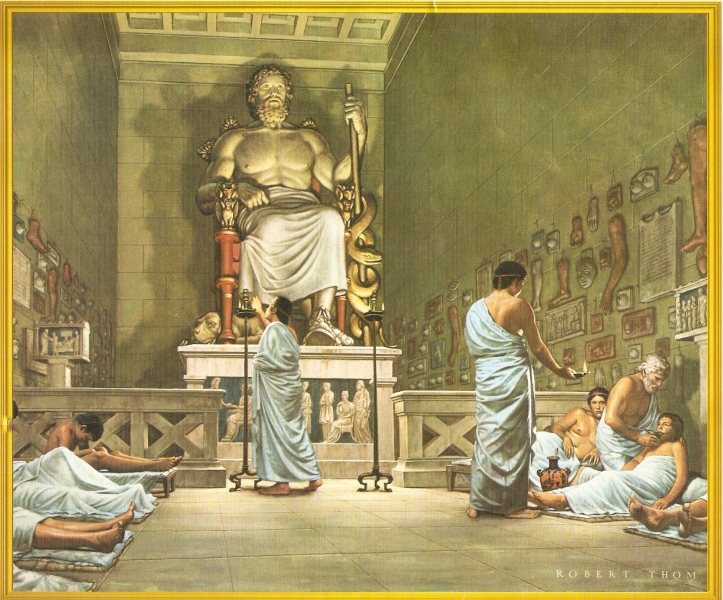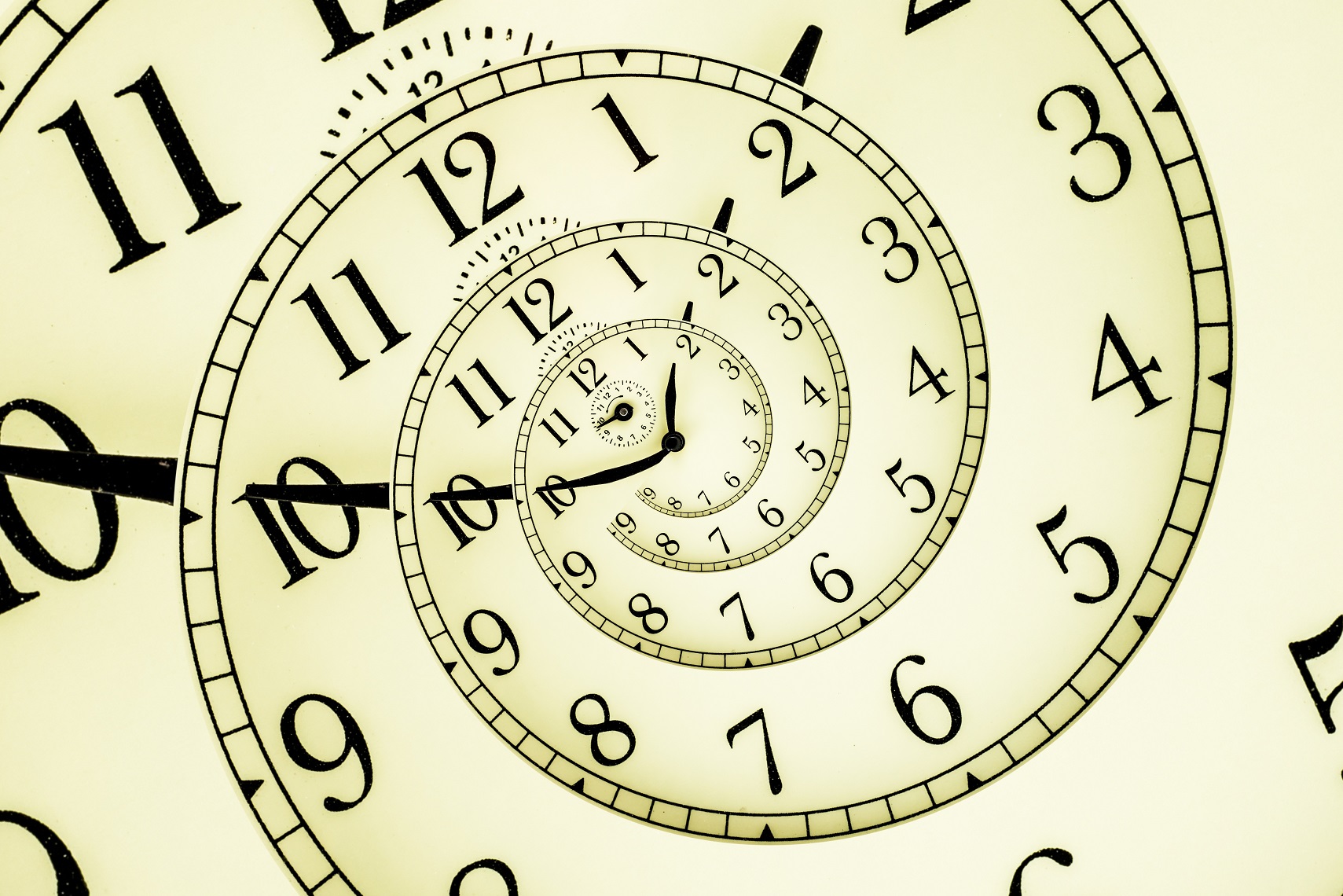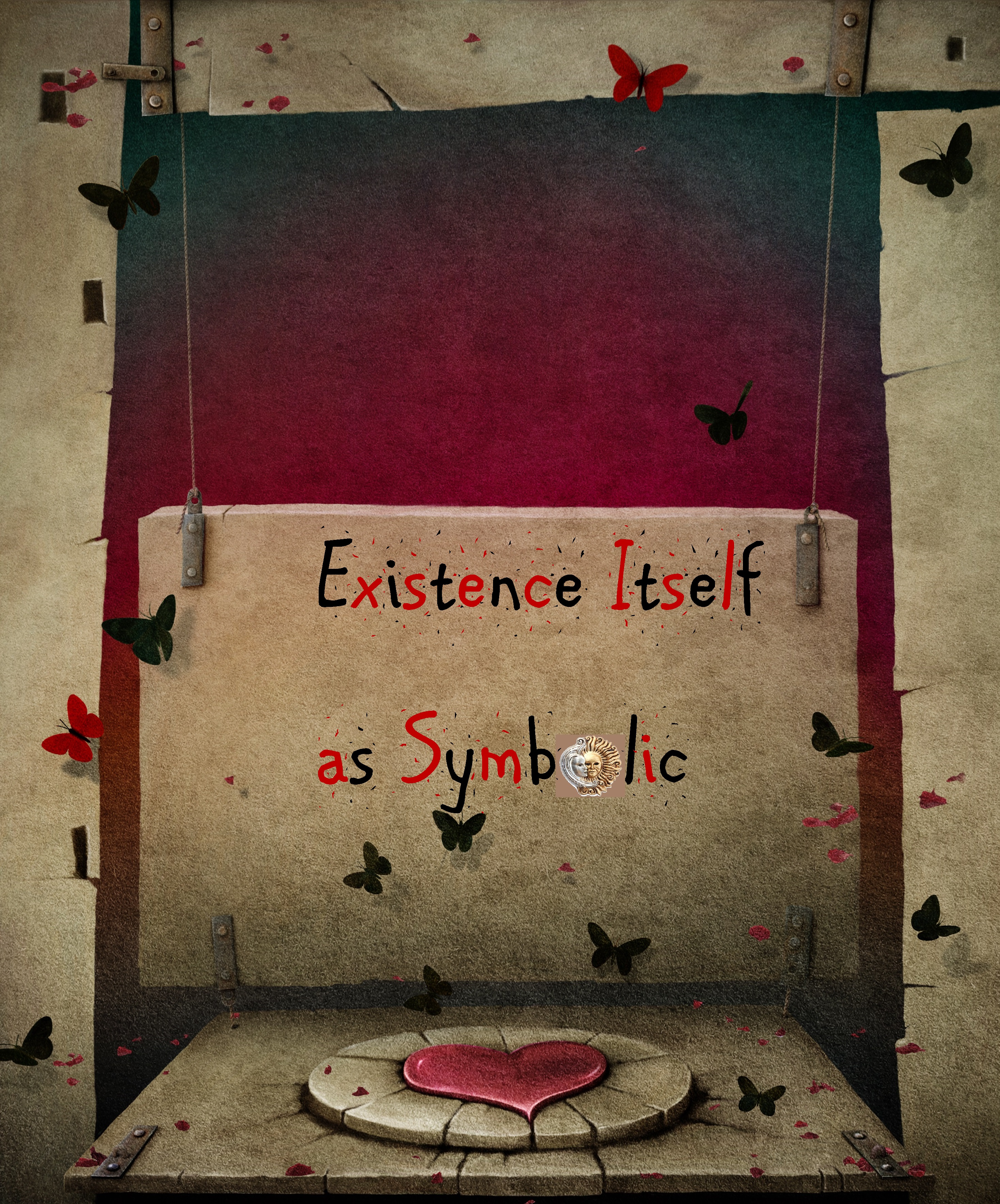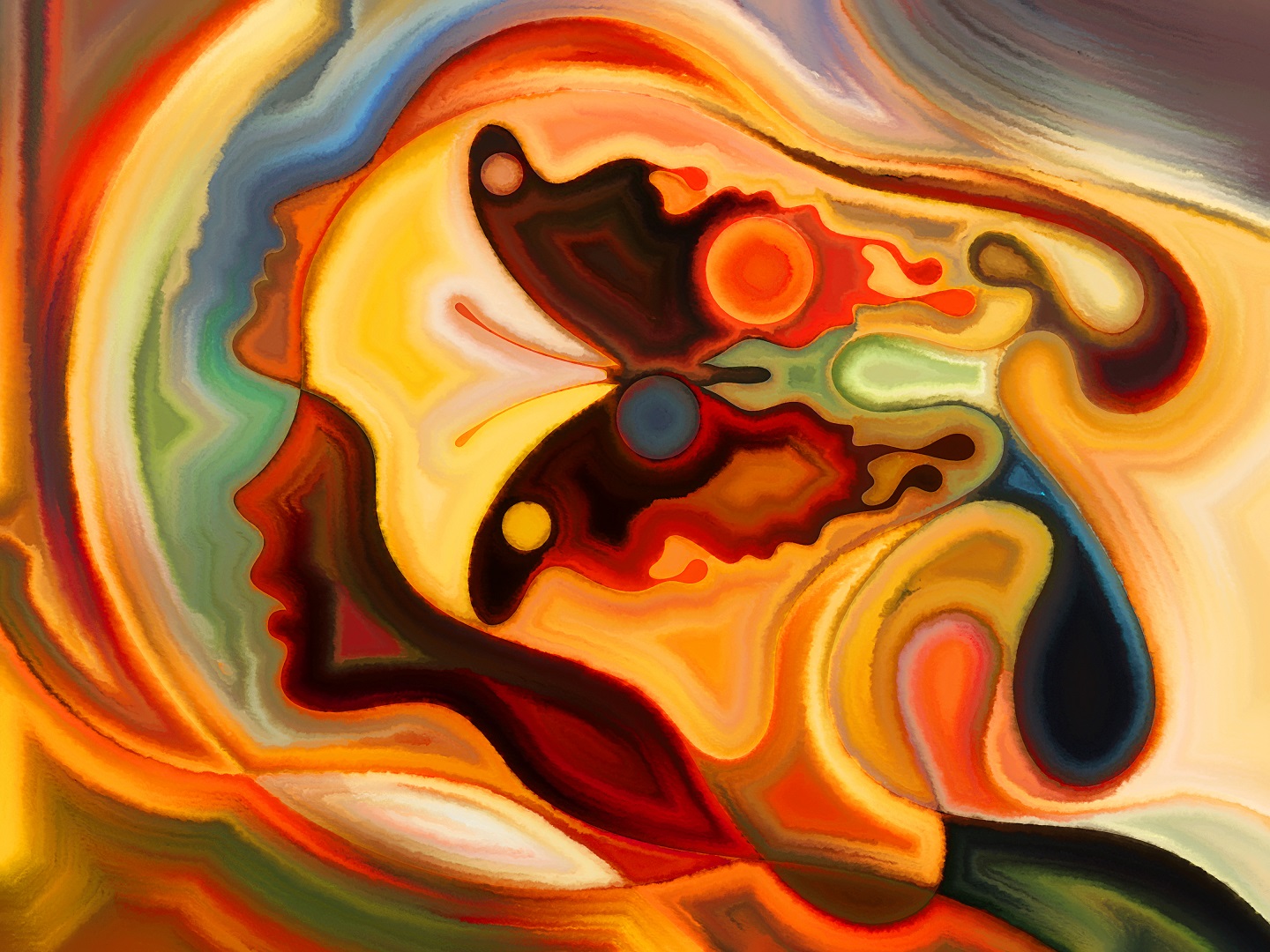
There are many strains of primeval therapy. One of the most interesting and awe-inspiring is incubation, a procedure that literally means “lying on the ground” and involves experiencing curative visions whilst asleep on the floor of a consecrated site, usually a cavern or temple. The autochthonous cultures of the world made ample use of incubation in prehistoric times and passed it onto the West through the doctor-priests of classical Greece. There appears to be some uncertainty as to the actual manner and nature of cross-cultural transmission, though what we can be sure about is that the Greek doctor-priests adopted the methodology of incubation as a primary therapeutic agent in the Asklepeia, or the sanctuaries to the god of medicine Asklepios.
It appears that the agency through which healing was sought remained unchanged though the sacred place or womb in which the treatment was to be enacted changed from caves or other subterranean spaces to synthetic chambers, demonstrating a classical adaptation of primeval methods. Sickly wishing to be cured would travel to an Asklepian temple, the most famous of which was at Epidavros on the Saronic Gulf. There, a priest or priestess of the healer god would robe the patient in purple garments and bedeck him or her in laurels of coloured lilies. This was followed by instruction in preparatory therapeutic rites that included fasting and drinking two special tonics, the “Fountain of Memory” and the “Fountain of Forgetfulness” before being guided to the chamber where the remedial vision was to transpire. To heighten the participation mystique and facilitate a supernatural mood, the temple workers would sometimes inscribe beautiful prayers and accounts of miracles on the walls of the sanctuary. Sometimes the healers would invite the egregore of Asklepios into the underground chamber, called an abaton, by releasing serpents, the totemic animal of Asklepios into the chamber whilst the ailing slept complacent on a comfortable couch called a kline for the strict sake of accelerating the metaphysical healing.
During the night, the sick were supposed to experience “restorative dreams”, visions, oracles, and even supernatural encounters involving apparitions. There were no hard and fast rules as to how the cure would be bequeathed; it could originate from either one or all of these avenues. The last of these was an occurrence defined by the materialization of the healer god Asklepios before the patient while he or she remained fully conscious. According to the doctor-priests of the Asklepeia, the materialization was accompanied by a divine message containing medical advice. Cures oracular in nature involved dreams revealing instructions how the remedy might be created or found, and those involving visions were merely glimpses of the patient’s immediate future revealed through precognitive dreams. The most thought-provoking and remarkable from a Western perspective was definitely the phenomenon of a “restorative dream” that was a necessary prequel to the cure. In such an instance, oral hermeneutics was inconsequential simply because the experience of the dream itself meant that the patient would awaken with their health fully restored and rejuvenated.
As a curative process, the classical notion of incubation definitely brings to mind modern Jungian analysis were a patient and a practicing psychotherapist work together to make conscious the irruptions of the collective unconscious through hypnosis, guided visualization, dream therapy, and sand play therapy. The spectacle of “restorative dreams” is probably the only denomination of ancient incubation that doesn’t really have a modern equivalent. We know of no psychotherapeutic method where the identification of an archetypal symbol associated with a disease or condition in individual dreams is synonymous with the restoration of health. That’s probably what makes it so fascinating!
Lamentably, there is much about the nature of classical incubation that remains unknown. We still don’t know, for instance, what purpose labyrinthine pathways called tholoi drawn on the floors of certain Asklepeia played in the healing process, or the exact nature of the rites conducted before and after the healing process. Nonetheless the obscurity of this primeval tradition has not hampered its subsistence. Its essence survives in the ekoimisis of Greek Orthodox Christianity, a form of incubation still practiced at the Church of Panagia Tinou in the Cyclades island group in latter-day Greece by terminally ill and physically handicapped individuals seeking divine intercession.









